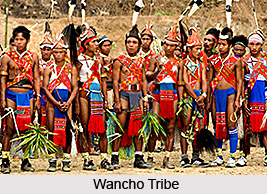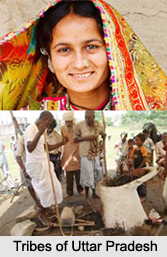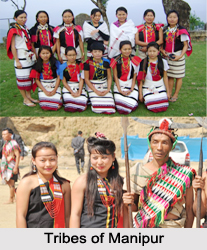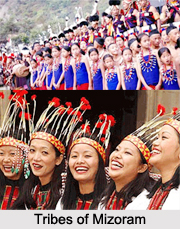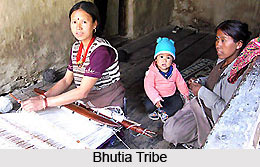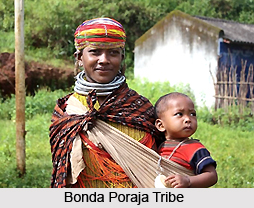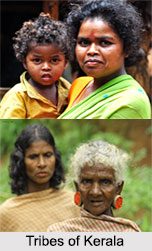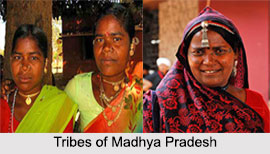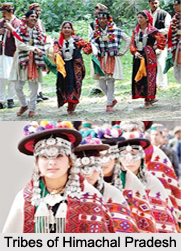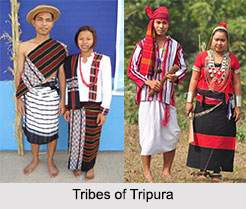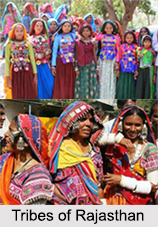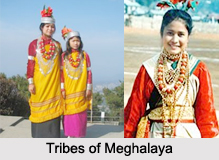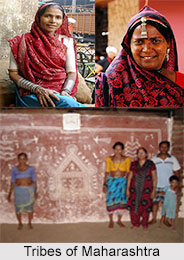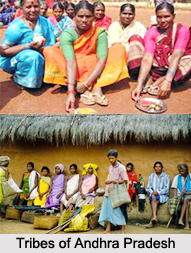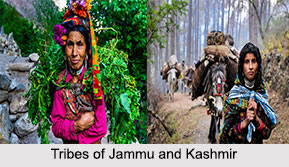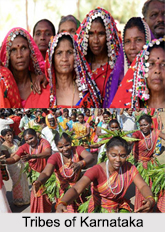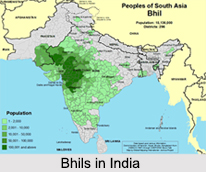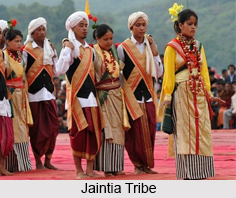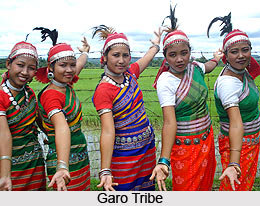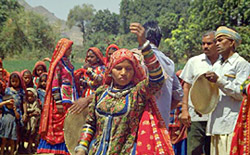Bhaina tribe occupies an important part of the tribal communities that are residing in the region of Gujarat. This tribal community is one of the ancient most tribal communities who have taken shelter in the country as a whole. Bhaina tribes are quite significant and have been gained acclamation of the anthropologists of the Indian subcontinent and also those living abroad. Bhaina tribal group is of a mixed descent. It appears that they have originated principally from Kawars and Baigas.
Recently these Bhaina tribes have gained the status of being one of the scheduled tribes of the country. Huge number of the Bhaina tribes also is found in the dense forestry region of the state, mainly stretching between the areas of the Satpura Mountain Ranges and southern region of the Chota Nagpur Plateau. Moreover, many of those Bhaina tribal communities, settled in other areas of the country or beyond, infiltrated in large number and settled down here in the year 1911. To throw more light on the origination of these Bhaina tribes, some anthropologists claim that these Bhaina tribes have descended from the family of other tribes of Indian Territory .These are Khawars and also Baigas. So much so, the Bhaina tribes in Mandla can be sub divided in to Rai or Raj Bhaina and Kath or catechu-making Baina, thereby establishing the connection with Baigas. The name Bhaina therefore would seem to have taken from the Baiga tribe. Bhainas are considered as one of the oldest residents of the country besides Gond tribe and Kawar tribe. The Bhaina tribe is closely connected with the Kawar tribe.
The people of Bhaina tribal communities take up food gathering and hunting as their major occupations. Bhaina tribe has two major sub-divisions basically of territorial nature. These are Laria or Chhatisgarhi and Uriya. Two more sub-divisions of Bhaina tribe as recorded by anthropologists are Jhalyara and Ghantyara or Ghatyara. Further, there are a number of totem septs in Bhaina caste, and these septs are named after animals or plants. Some of them are Nag the cobra, Bagh the tiger, Gidha the vulture, Kok or Lodha the wild dog, Bendra the monkey, Chitwa the leopard, Besra the hawk, Bataria the quail, Durgachhia the black ant, and others.
In Bhaina communities, a boy is considered eligible for marriage when he learns to drive the plough and a girl is considered eligible when she is capable of managing the household affairs. The marriage proposal comes from the side of the groom, when his father feels that he can afford a bride for his eligible son. A wedding date is fixed and all the relatives are invited. Divorce is permitted in their society. They either bury or burn the dead. They worship their principal deity is Nakti Devi. In Bhaina society, outsiders are not admitted frequently. The Bhainas are moderately civilised caste. They follow Hinduism. They are engaged in agriculture, however very few of them hold lands and majority of them work as farm labourers.
